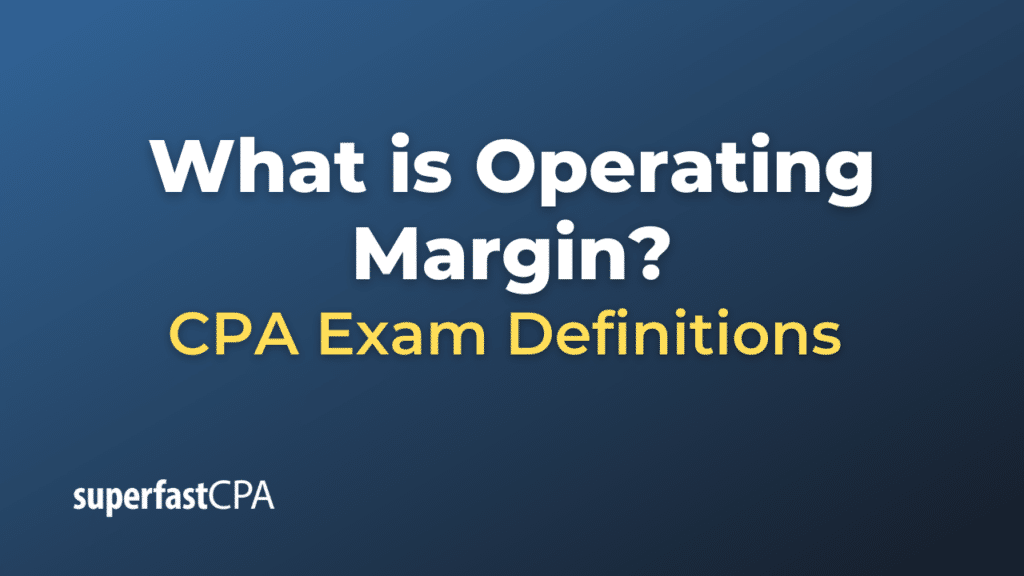Operating Margin
Operating margin, also known as operating profit margin, is a profitability ratio that measures how much profit a company makes from its core operations, before deducting interest and taxes, in relation to its total revenues. It gives analysts an idea of how well a company controls its costs relative to its revenue.
Operating margin is typically expressed as a percentage and can be calculated using the following formula:
Operating Margin = Operating Income / Total Revenue * 100%
Here:
- Operating Income, also known as operating profit, is the profit that a company makes from its core operations. It’s calculated by subtracting operating expenses (such as salaries, rent, and cost of goods sold) from the company’s total revenues.
- Total Revenue refers to the total receipts from selling a firm’s goods and services.
A higher operating margin indicates that the company is more efficient at converting sales into actual profit. Conversely, a lower operating margin could signal problems with cost control or pricing strategy.
It’s important to compare the operating margins of companies within the same industry, as different industries have different cost structures and operating characteristics. It’s also valuable to track changes in a company’s operating margin over time to identify trends in profitability.
Example of Operating Margin
Let’s consider a hypothetical company, Example Corp., which operates in the manufacturing industry. Here’s a simplified version of their income statement for the year:
- Total Revenue: $1,000,000
- Operating Expenses (including Cost of Goods Sold, salaries, rent, utilities, etc.): $700,000
- Operating Income: $300,000
First, let’s calculate the operating margin:
Operating Margin = (Operating Income / Total Revenue) * 100%
Operating Margin = ($300,000 / $1,000,000) * 100%
Operating Margin = 30%
This means that for every dollar of revenue Example Corp. generates, it makes 30 cents in profit before interest and taxes.
So, a 30% operating margin is quite healthy and suggests the company has good control over its costs. However, to fully interpret this figure, it would be helpful to compare it with the operating margins of other companies in the same industry or track how it changes over time.
If, for example, other companies in the manufacturing industry typically have an operating margin of 35%, this might suggest that Example Corp. has room to improve its cost control or pricing strategy. On the other hand, if the industry average is 25%, then Example Corp. is doing better than its peers at converting revenue into profit.










